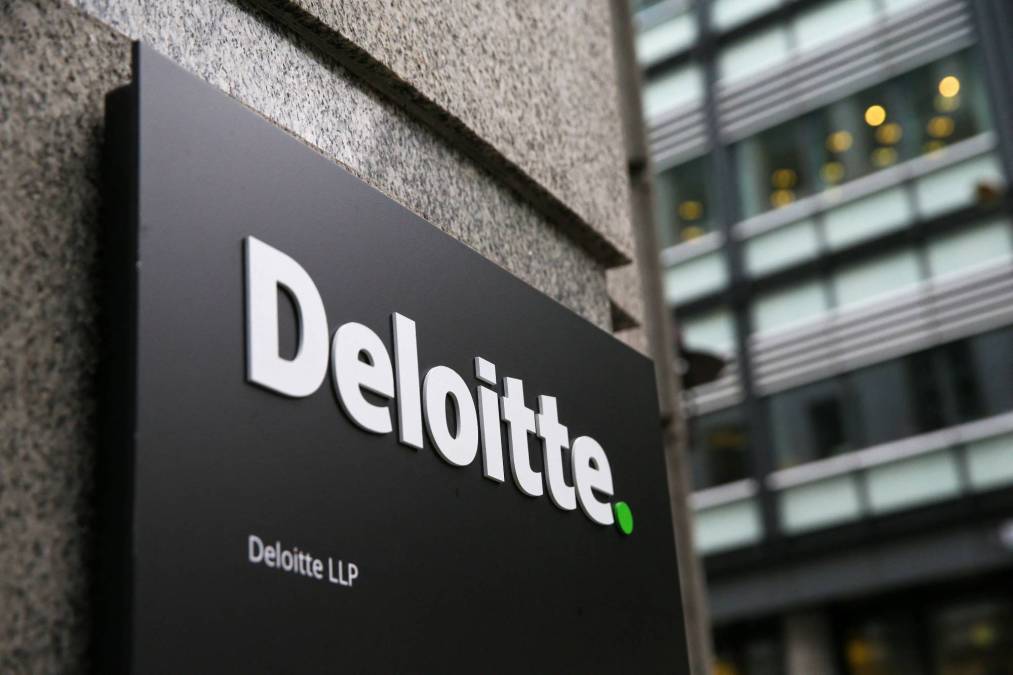Integrating back office IT crucial for AI adoption, new report says

Making state governments’ critical back office IT processes fully digital and integrated will be crucial in preparing for new technologies, such as artificial intelligence, according to a report published last week by Deloitte’s Center for Government Insights.
The report, titled “State government’s back office of the future: The digital transformation of HR, procurement, and finance,” said the benefits of centralizing and digitizing back office IT functions will continue grow as technology advances. These functions, the report said, often work in isolation and efforts to modernize them have often lagged behind.
Converting paper-based processes to digital ones can allow governments to take full advantage of tech advancements like cloud computing and artificial intelligence, which have the power to reshape and revolutionize governments, the report concludes.
Keyanna Conner, an author of the report and a managing director of Deloitte’s public sector business, told StateScoop that while state governments have focused on making citizen-facing processes digital due to demand illuminated by the COVID-19 pandemic, back-office processes like human resources, finance and procurement have taken a back seat.
“Because it doesn’t have the interface with the actual citizen — it interfaces with internal employees — I think sometimes it gets left behind,” said Conner, Virginia’s former secretary of administration.
Deloitte and the National Association of State Chief Administrators this year conducted focus groups with about 25 state officials working in HR and procurement, according to the report. Their questions focused on states’ digital modernization efforts and challenges. While many state officials said they had introduced some digital processes to their back-office operations, they noted a wide variance of digital maturity between functions.
“You have multiple systems doing different things that are not integrated. There’s a lack of technology agility, and state governments are used to an older model of procuring a tool or procuring a system, or heavily customizing that system to meet a particular need for the agency,” Conner said.
This lack of interoperability between certain systems and their varying levels of maturity are just two of the challenges that state governments face when modernizing back-office processes. Others included a reliance on old systems and the cultural shift that’s necessary across the state workforce to adopt digital systems.
‘One source of truth’
When three critical functions — human resources, finance and procurement — are not modernized, government leaders may lack the data needed to efficiently manage their operations, according to the report. But if those functions share data on the same platform, Conner said, this creates “one source of truth,” increasing accuracy.
“I think having digital tools just gives you more leverage and monitoring to assess your spending, to think about data-driven decisions, what data insights can you draw from that,” Conner said. “It keeps you in compliance — all of those, I think, can be improved by having a platform or multiple platforms, as long as they’re integrated, that will help you from a financial management perspective, as well as a regulatory and auditing perspective.”
Modernizing systems can alleviate other issues faced in the back office, such as workforce shortages, which has consistently ranked as a challenge for state and local agencies. Conner said modernizing systems can help keep and attract talent in IT.
“When I was in state government myself, some of my newer employees say, ‘The last thing I want to do is to come to work without data technology or technology that’s more dated than the technology that I use at home personally,'” Conner said. “As we’re thinking about back office, which impacts your employees on a day-to-day basis, all employees within your organization will interact with the back office. Whether they’re submitting their time, whether it’s payroll, whether it’s through training and development — having a seamless experience for them is always a value add.”
The future of the back-office
To rectify the lag in modernizing back-office functions, the report said state leaders should focus on good governance. This includes deciding who will lead the effort and who will be part of the transformation team.
Conner said there’s more than one winning strategy.
“Some [states] are still trying to decide whether, from an HR perspective, they’re going to be centralized or decentralized. And there was no right or wrong answer,” she said. “It’s more of just having the strategy and the governance in place, as well as the stakeholder engagement that’s needed to make any type of transformation like this successful.”
Focusing on change management also allows back-office teams to look beyond current processes and find better ways of doing the same work, the report said. This potential will only be maximized when considering the opportunities presented by new technologies, like generative AI, some state officials estimated.
“I believe that generative AI is going to be completely transformative for government, as well as for society,” Utah Chief Information Officer Alan Fuller said in the report.
Conner said that whatever the technology, digital systems will need to work together for states to be effective.
“Digital systems that work together, where data is able to flow seamlessly — that reflects the newly integrated reality that we’re all going towards,” she said. “And our opportunity here is to move the perception of the back office as a transactional function or area to more of a strategic one.”






